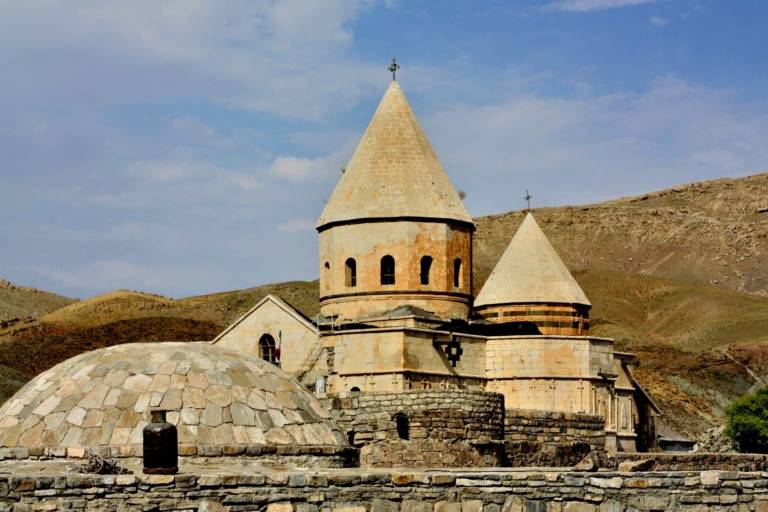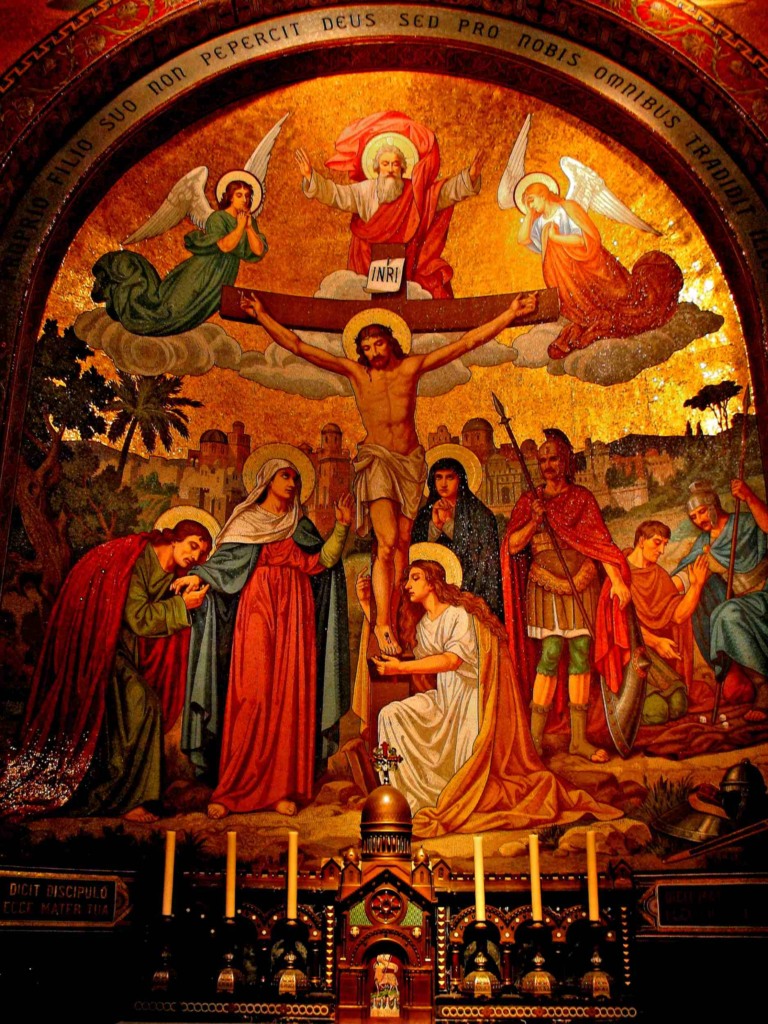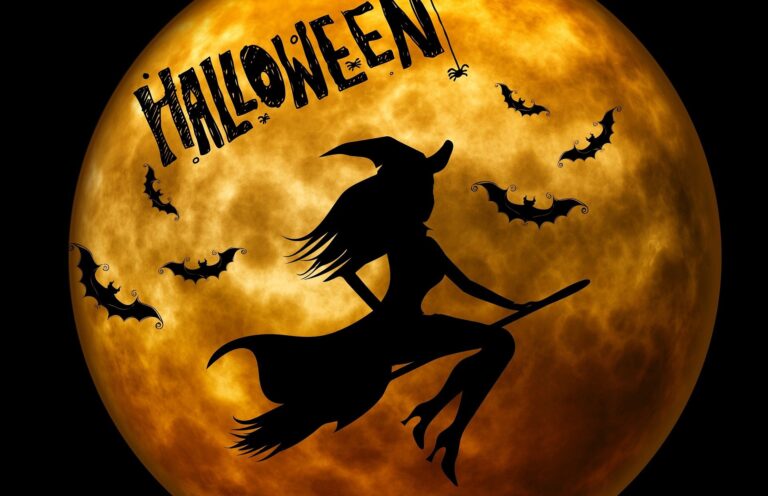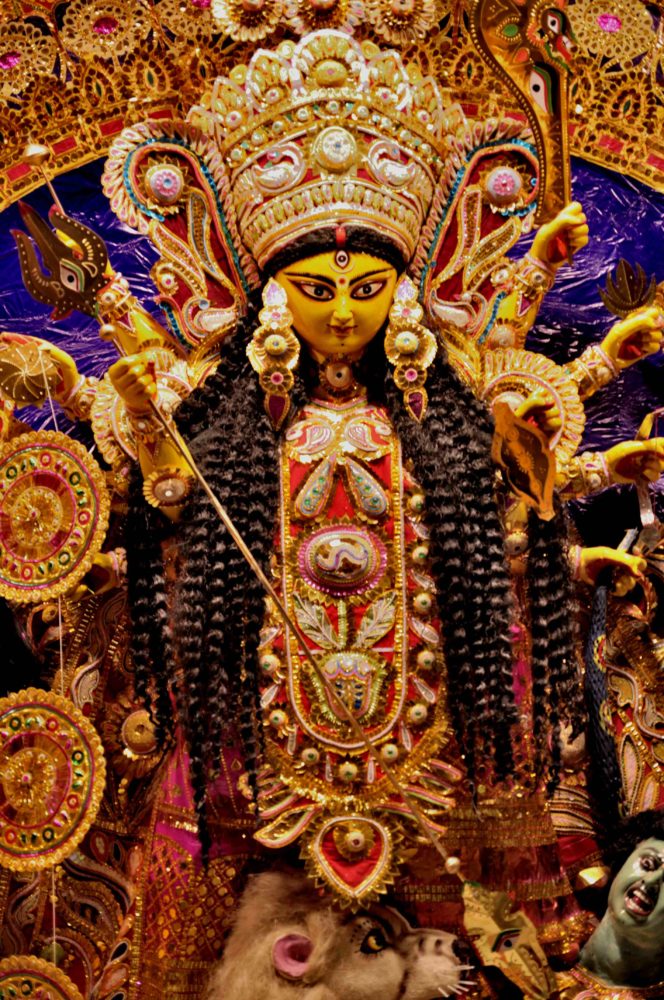Christmas is a religious holiday that is celebrated on December 25. It is also a worldwide cultural and commercial event. People all over the world have been celebrating it for 2,000 years with religious and non-religious traditions and rituals. Christians celebrate Christmas Day as the anniversary of the birth of Jesus of Nazareth, a spiritual leader whose teachings are the basis of their religion. Jesus was a Jewish preacher and religious leader who lived around 4 BC and died around AD 30 or 33.
Christmas History
He was also known as Jesus Christ and Jesus of Nazareth, among other names and titles. He is the most important person in Christianity, which is the largest religion in the world. People like to give each other gifts, decorate Christmas trees, go to church, eat with family and friends, and, of course, wait for Santa Claus to come. Since 1870, the 25th of December, which is Christmas Day, has been a federal holiday in the United States.
How Did Christmas Start
What is Christmas origin? The middle of winter has long been a time of celebration around the world. Before the time of Jesus, people in Europe celebrated light and birth during the darkest days of winter, hundreds of years before he came. Many people rejoiced during the winter solstice, when the worst of the winter was behind them and they could look forward to longer days and extended hours of sunlight.
The Norse people in Scandinavia celebrated Yule from December 21, the day of the winter solstice, until January. In recognition of the return of the sun, fathers and sons would bring home large logs, which they would set on fire. People would eat until the log ran out of fuel, which could take up to 12 days. The Norse people thought that each spark from the fire meant that a new pig or calf would be born in the next year.
In most parts of Europe, the end of December was a great time to have a party. At that time of year, most cattle were slaughtered so they would not have to be fed during the winter. For a lot of people, it was the only time of year they could get fresh meat. Also, most of the wine and beer that had been made during the year was finally ready to drink.
During the holiday in the middle of winter, people in Germany paid tribute to the pagan god Oden. Germans were afraid of Oden because they thought he flew through the sky at night to watch his people and decide who would live and who would die. Because of his presence, many people chose to stay inside.
The Dark Truth About Christmas Trees
Saturnalia Christmas: In Rome, where winters were not as harsh as those in the far north, Saturnalia—a holiday in honor of Saturn, the god of agriculture—was celebrated. Saturnalia started a week before the winter solstice and went on for a whole month.
It was a time of plenty of food and drink, and the normal Roman social order was turned on its head. Slaves were freed for a month and treated the same as everyone else. Businesses and schools were shut down so that everyone could celebrate the holiday. Also around the time of the winter solstice, the Romans held Juvenalia, a celebration for the children of Rome.
Also, on December 25, the birthday of Mithra, the god of the unconquerable sun, was often celebrated by people from the upper class. The baby god Mithra was said to have come from a rock. For some Romans, Mithra’s birthday was the most sacred day of the year.
Was Jesus Born on Christmas
In the early days of Christianity, Easter was the most important holiday. The birth of Jesus was not celebrated. In the fourth century, church leaders decided that the day Jesus was born should be a holiday. Unfortunately, the Bible does not mention a date for his birth. It was a fact that the Puritans later used to say that the celebration wasn’t right.
Even though there is some evidence that he may have been born in the spring. Because why would shepherds be herding in the middle of winter? Julius I, who was Pope, chose December 25. People usually think that the church chose this date so that it could use the traditions of the pagan Saturnalia festival.
At first, the tradition was called the Feast of the Nativity. By 432, it had spread to Egypt, and by the end of the sixth century, it had reached England. By holding Christmas at the same time as traditional winter solstice festivals, church leaders increased the chances that Christmas would be popularly embraced, but gave up the ability to dictate how it was celebrated.
By the time of the Middle Ages, Christianity had mostly taken the place of the old religions. On Christmas, believers attended church, then celebrated raucously in a drunken, carnival-like atmosphere similar to today’s Mardi Gras. Every year, a beggar or student would be named “Lord of Misrule,” and excited partygoers would act as his subjects.
The poor would go to the homes of the rich and ask for their best food and drink. If the owners didn’t follow the rules, their guests would probably do something bad to scare them. Christmas became a time when the wealthy could repay their “debt” to society, real or imagined, by putting on parties for the poor.
Puritans Banned Christmas
Christmas illegal: When Christmas Didn’t Happen? At the beginning of the 17th century, a wave of religious reform changed how people in Europe celebrated Christmas. When Oliver Cromwell and his Puritan forces took over England in 1645, they vowed to rid England of decadence and, as part of their effort, cancelled Christmas. Charles II was put back on the throne after the people asked for it, and the popular holiday came back with him.
The pilgrims were English separatists who came to America in 1620. Their Puritan beliefs were even more strict than Cromwell’s. So, in early America, Christmas was not a holiday. From 1659 to 1681, it was against the law for people in Boston to celebrate Christmas. Anyone exhibiting the Christmas spirit was fined five shillings.
By contrast, in the Jamestown settlement, Captain John Smith reported that Christmas was enjoyed by all and passed without incident. After the American Revolution, English customs fell out of favor, including Christmas. In fact, the federal government didn’t make Christmas a holiday until June 26, 1870.
Washington Irving Christmas
Washington Irving Reinvents Christmas in America. Americans didn’t start to really like Christmas until the 1800s. Americans changed Christmas from a noisy carnival holiday into a day for families to spend time together and remember the past. But what about the 1800s made people in the U.S. curious about the holiday?
At the start of the 19th century, there was a lot of trouble between different classes. During this time, unemployment was high, and the disillusioned classes would often start riots around Christmas. In 1828, after a Christmas riot, the New York City Council set up the city’s first police force. This made some people in the upper classes want to change how Christmas was celebrated in the United States.
In 1819, best-selling author Washington Irving wrote The Sketchbook of Geoffrey Crayon, gent., a collection of short stories about how Christmas is celebrated in an English manor house. In the sketches, there is a squire who had the peasants over for the holidays. Unlike the problems in American society, the two groups got along without any trouble.
Irving thought that Christmas should be a peaceful, warmhearted holiday that brought people together regardless of how much money they had or how high up in society they were. Irving’s made-up partygoers took part in “ancient customs,” like crowning a Lord of Misrule. Irving’s book, on the other hand, wasn’t based on any holiday party he had been to. In fact, many historians say that Irving’s story “invented” tradition by making it sound like it was about the real holiday traditions.
When Was Santa Claus Invented
Who came up with Santa Claus? The story of Santa Claus comes from St. Nicholas, a monk who was born in Turkey around the year 280 A.D. St. Nicholas gave away all the money he had gotten from his family and went around helping poor and sick people. He became known as the protector of children and sailors.
In the late 18th century, Dutch families in New York got together to remember the anniversary of St. Nicholas’ death. They called the event “Sinter Klaas,” short for “Sint Nikolaas.” This was the first time St. Nicholas was a part of American culture. This is where the name “Santa Claus” comes from.
In 1822, Clement Clarke Moore, an Episcopal minister, wrote a Christmas poem called “An Account of a Visit from St. Nicholas.” Its first line, “Twas the Night Before Christmas,” is still the most famous part of the poem today. The poem described Santa Claus as a happy man who delivers toys by flying from house to house on a sled pulled by reindeer.
Thomas Nast, a political cartoonist, used Moore’s poem to create the famous image of Santa Claus as a happy man in red with a white beard and a bag of toys. This is the image of Old Saint Nick that we all know and love today. I hope you found the answer to “history for Christmas.” This article was a little bit longer, though. If I forgot something, please let me know so I can fix this post or write a new one to answer your questions. Everyone on this beautiful planet should have a Merry Christmas. Hallelujah.




